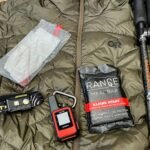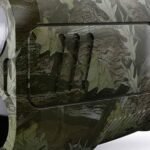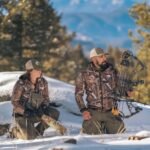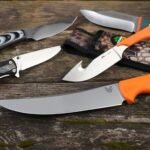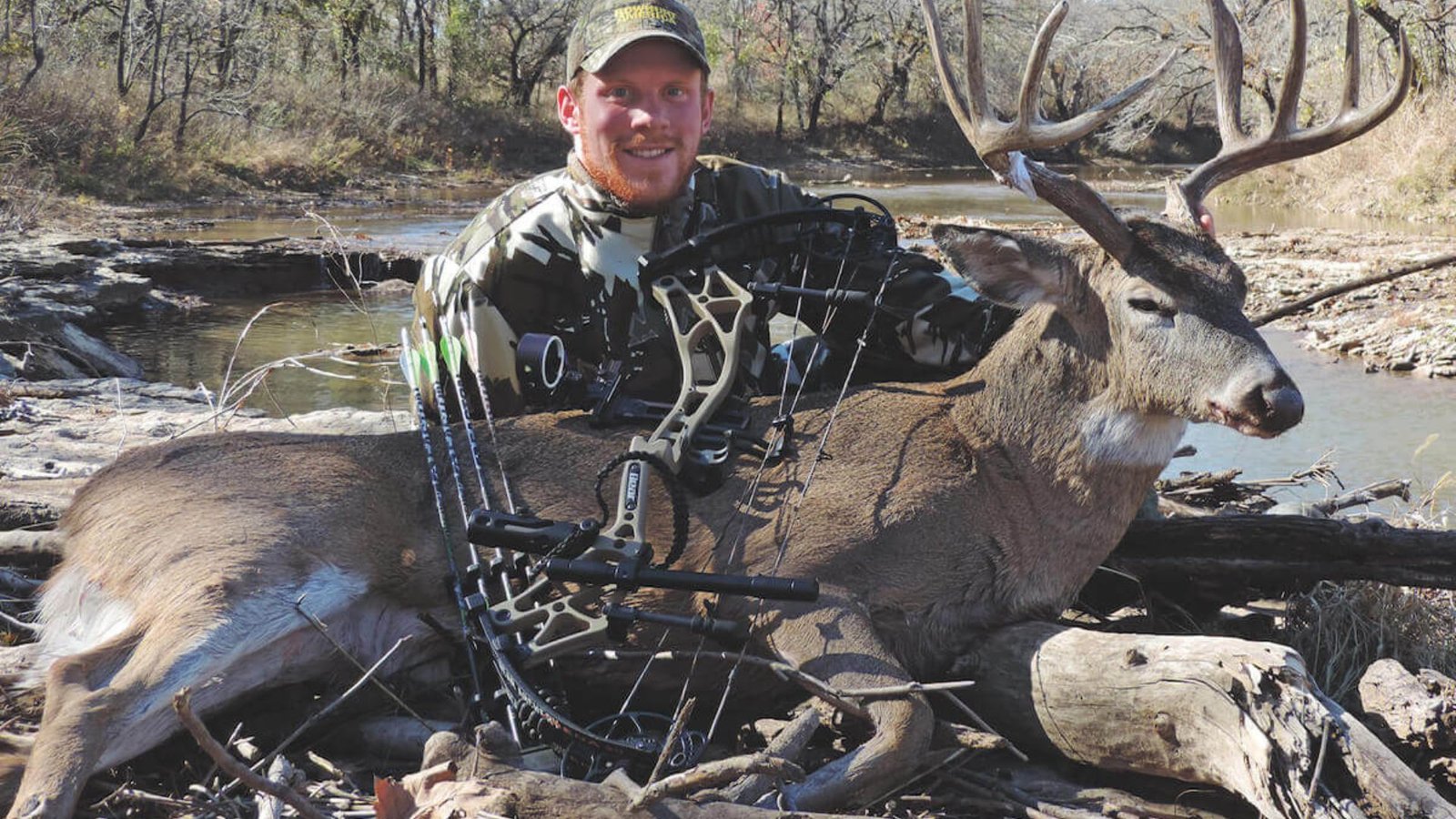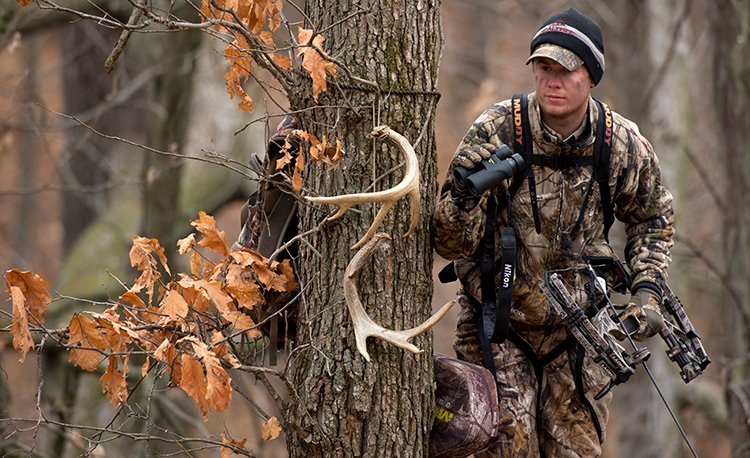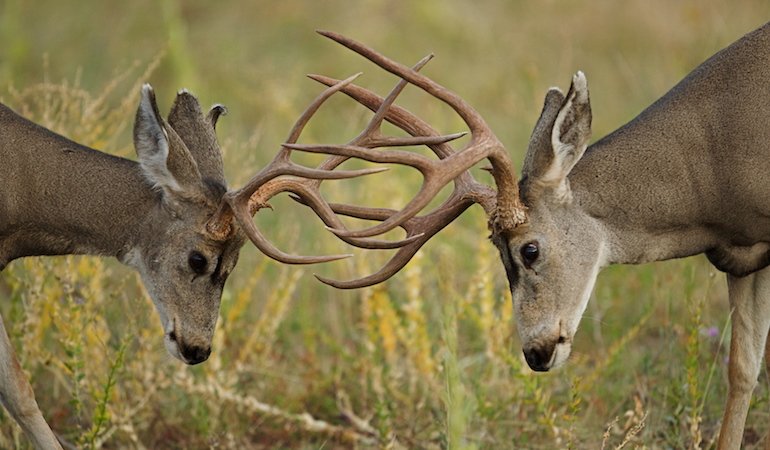Hunting deer in dense forests can be a challenging but rewarding experience. The thick trees, underbrush, and limited visibility make it hard to spot deer, but with the right strategies, you can increase your chances of a successful hunt. In this article, we’ll walk you through some effective techniques for hunting deer in dense forests, from choosing the right gear to understanding deer behavior in these environments.
Why Dense Forests Pose a Challenge for Deer Hunting
Hunting deer in dense forests requires patience, skill, and adaptability. The thick cover offers deer plenty of places to hide, making it hard to spot them. Additionally, the limited visibility can make it challenging to track movement or even determine the direction in which deer are traveling. For hunters, this means they need to be extra strategic, quiet, and observant.
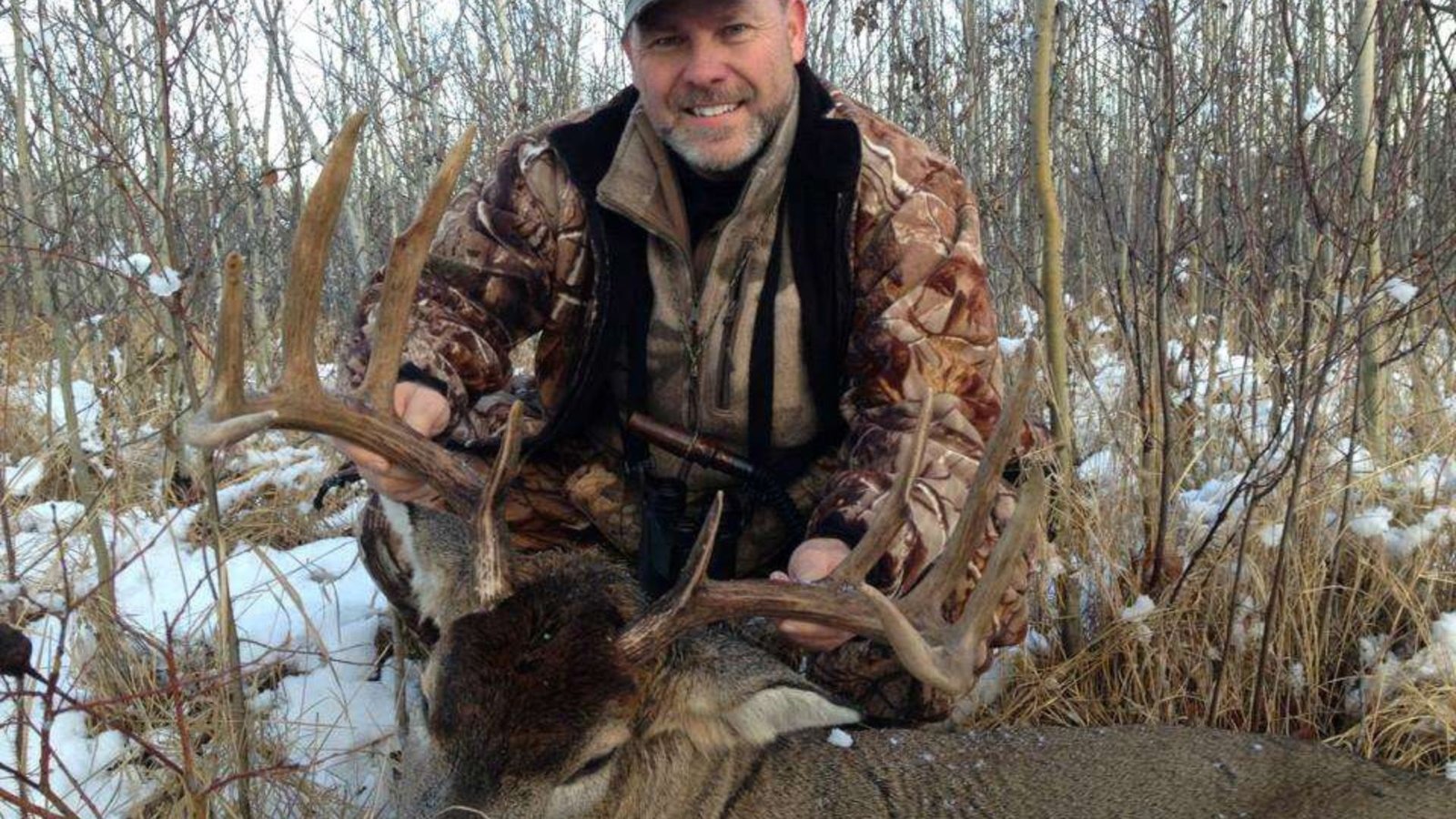
Choose the Right Hunting Gear for Dense Forests
The first step in hunting deer in dense forests is ensuring you have the right gear. In a thick forest, mobility and comfort are key, so you want lightweight and durable equipment that will help you move stealthily.
Start with a good pair of boots with solid grip to help you navigate through rough and uneven terrain. A camouflage hunting outfit is also crucial for blending in with your surroundings. It’s important to choose clothing that matches the colors of the forest floor—greens, browns, and earth tones will help you stay concealed.
Additionally, make sure you have a good quality hunting rifle or bow, along with binoculars for spotting deer at longer distances. A quiet hunting stand or tree stand can also give you a higher vantage point to observe the area and track deer movement. The key is to remain as quiet as possible to avoid alerting the deer to your presence.
Understand Deer Behavior in Dense Forests
One of the most important aspects of hunting deer in dense forests is understanding deer behavior. Deer are creatures of habit and often follow specific trails through the forest. Knowing where these trails are located can help you predict where the deer will be.
Deer tend to move in the early morning and late afternoon, so plan to be in your hunting spot during these times. Look for signs such as fresh tracks, droppings, and rubbed tree trunks to identify deer activity areas. Being observant and learning the patterns of the forest will give you an edge.
Use the Wind to Your Advantage
In dense forests, the wind plays a major role in your success. Deer have an excellent sense of smell, and if they catch your scent, they will quickly move away. Always check the wind direction before setting up your position. Ideally, you want the wind blowing away from where you think the deer will be approaching.
To prevent your scent from traveling, use scent-blocking clothing or sprays. If you’re unsure about the wind direction, try to find higher ground or a location with a natural windbreak, such as large boulders or dense tree clusters. Remember, the scent of human presence can scare deer, so minimizing it is critical.
Stay Quiet and Move Slowly
In dense forests, movement and noise are your biggest enemies. Deer can hear very well, and even the slightest sound can alert them to your presence. When hunting, move slowly and deliberately, using the cover of trees and bushes to conceal your movements. Avoid making noise as you walk, and if you need to stop, do so quietly.
Using a grunt call or a rattling antler set during the rut (breeding season) can also help attract deer. However, you should still keep your movements to a minimum to avoid drawing attention to yourself.
Look for Natural Deer Funnels
One of the most effective strategies for hunting deer in dense forests is locating natural deer funnels. These are areas where deer are more likely to pass through, such as narrow trails, creek crossings, or areas with dense vegetation. Deer naturally prefer to travel along paths that offer them both cover and ease of movement.
By setting up near these funnels, you increase your chances of encountering a deer on the move. These funnels can be natural features of the forest, or you might find them by observing where the deer seem to be frequently traveling.
Set Up an Elevated Stand for Better Visibility
In dense forests, your visibility is often limited to just a few yards in any direction. One of the best ways to improve your chances of spotting deer is by setting up an elevated stand. Whether it’s a tree stand or a hunting blind, getting above the forest floor allows you to see deer moving through thick brush from a higher vantage point.
Conclusion
Hunting deer in dense forests presents unique challenges, but with the right strategies, you can greatly increase your chances of success. From understanding deer behavior to choosing the right gear and being patient, every detail matters when hunting in thick, wooded environments. By following these strategies, you’ll be better prepared to face the challenges of hunting in dense forests and enjoy a successful and rewarding hunt.



